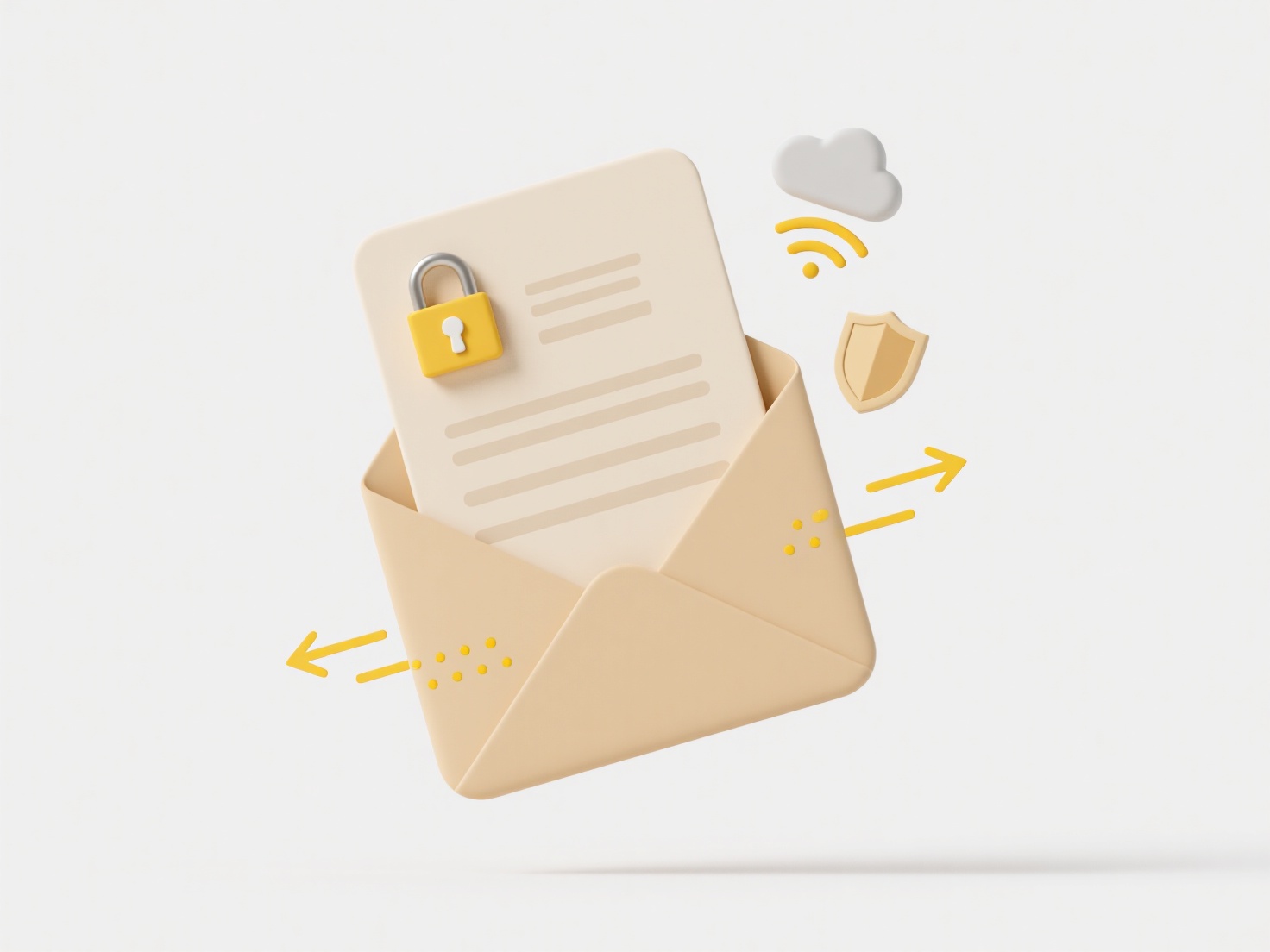
Visual duplicate photo detection tools identify images that look identical or nearly identical to human eyes, regardless of file names, sizes, or metadata. Unlike cryptographic hash methods that only find exact file copies, these tools analyze the actual visual content – colors, shapes, patterns, and subjects. They calculate a unique visual fingerprint for each image and then compare these fingerprints to find matches, even if images have slight variations like different resolutions, minor edits, compression, or rotation.

These tools are widely used for managing personal photo libraries. Apps like Apple Photos, Google Photos, Gemini II, or VisiPics help users find and remove unwanted duplicates to save storage space. Professionally, they assist graphic designers, digital asset managers, and e-commerce platforms in identifying reused images across vast catalogues, preventing duplicate listings and ensuring copyright compliance.
The key advantages include significant storage savings and more efficient digital photo management. However, accurate visual comparison can be computationally intensive for large collections. Ethical concerns center on potential use for surveillance or copyright enforcement scraping. Advances in machine learning and perceptual hashing continuously improve speed and accuracy, broadening adoption for both personal organization and enterprise-level digital asset management systems.
Are there tools that detect duplicate photos visually?
Visual duplicate photo detection tools identify images that look identical or nearly identical to human eyes, regardless of file names, sizes, or metadata. Unlike cryptographic hash methods that only find exact file copies, these tools analyze the actual visual content – colors, shapes, patterns, and subjects. They calculate a unique visual fingerprint for each image and then compare these fingerprints to find matches, even if images have slight variations like different resolutions, minor edits, compression, or rotation.

These tools are widely used for managing personal photo libraries. Apps like Apple Photos, Google Photos, Gemini II, or VisiPics help users find and remove unwanted duplicates to save storage space. Professionally, they assist graphic designers, digital asset managers, and e-commerce platforms in identifying reused images across vast catalogues, preventing duplicate listings and ensuring copyright compliance.
The key advantages include significant storage savings and more efficient digital photo management. However, accurate visual comparison can be computationally intensive for large collections. Ethical concerns center on potential use for surveillance or copyright enforcement scraping. Advances in machine learning and perceptual hashing continuously improve speed and accuracy, broadening adoption for both personal organization and enterprise-level digital asset management systems.
Quick Article Links
Does Wisfile support command-line installation or scripting?
Does Wisfile support command-line installation or scripting? Wisfile focuses on a simple and accessible installation p...
How do I manage reference files?
Reference files are reusable documents, templates, or assets used for consistent creation of new work materials. Managin...
What causes page breaks to shift?
Page breaks shift due to dynamic content changes affecting a document's layout. These separators between printed pages m...